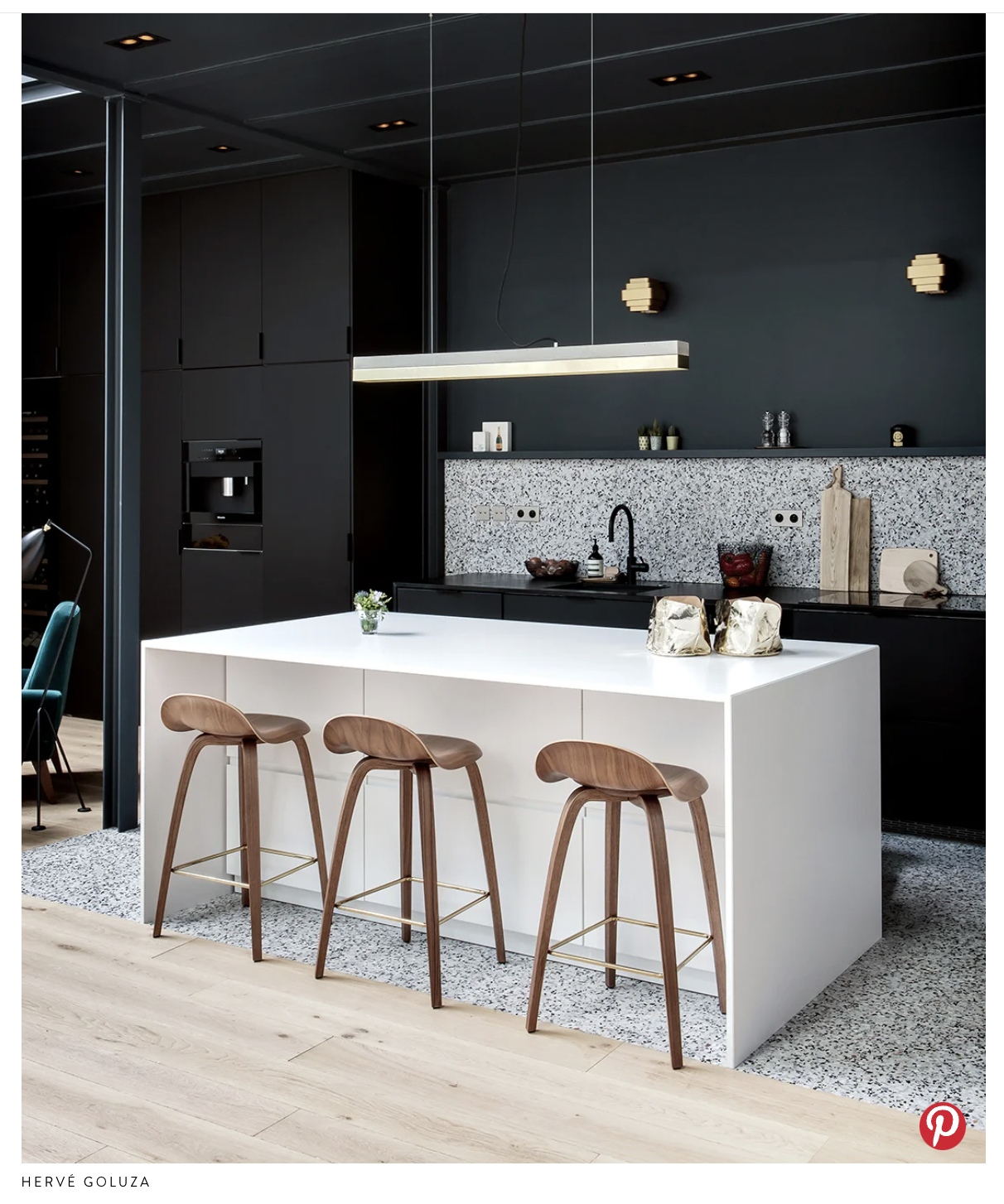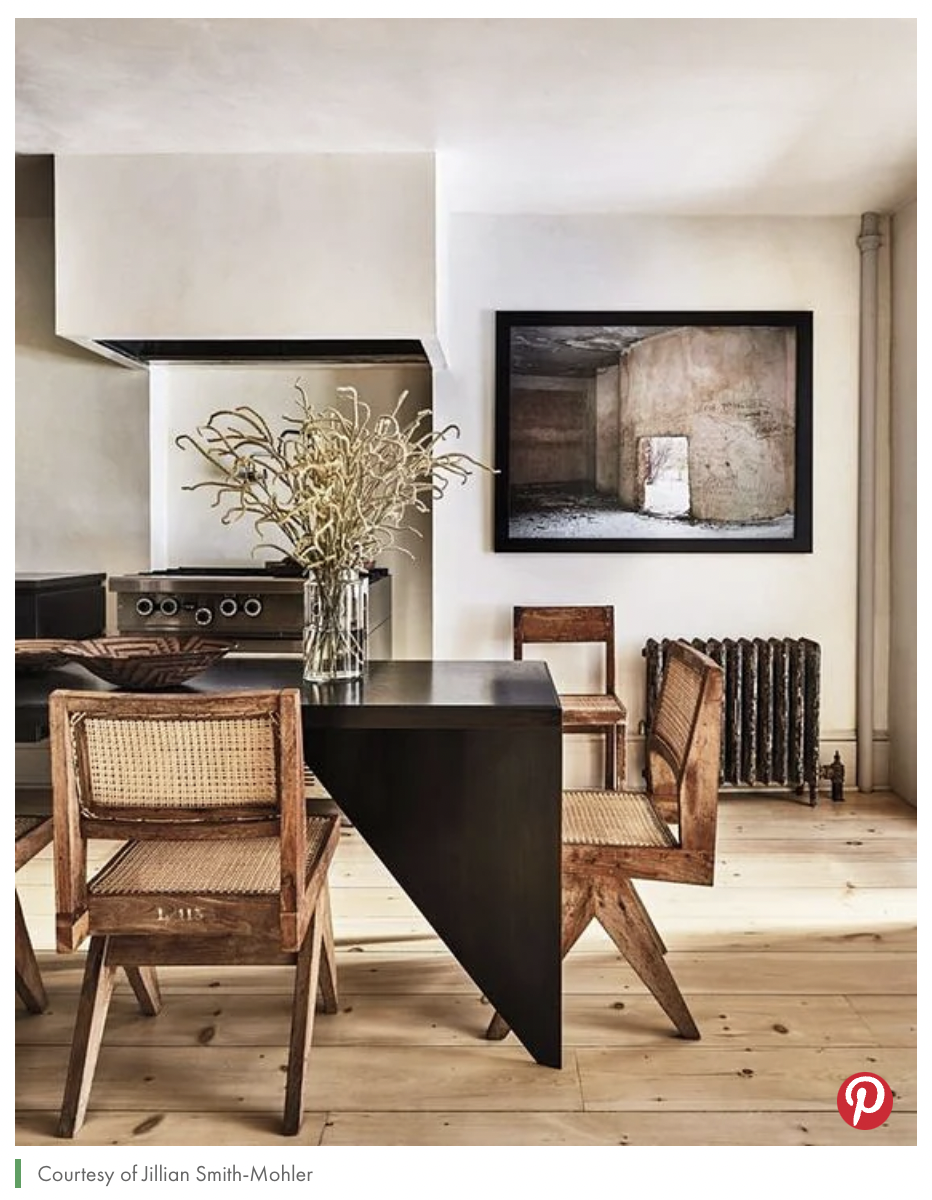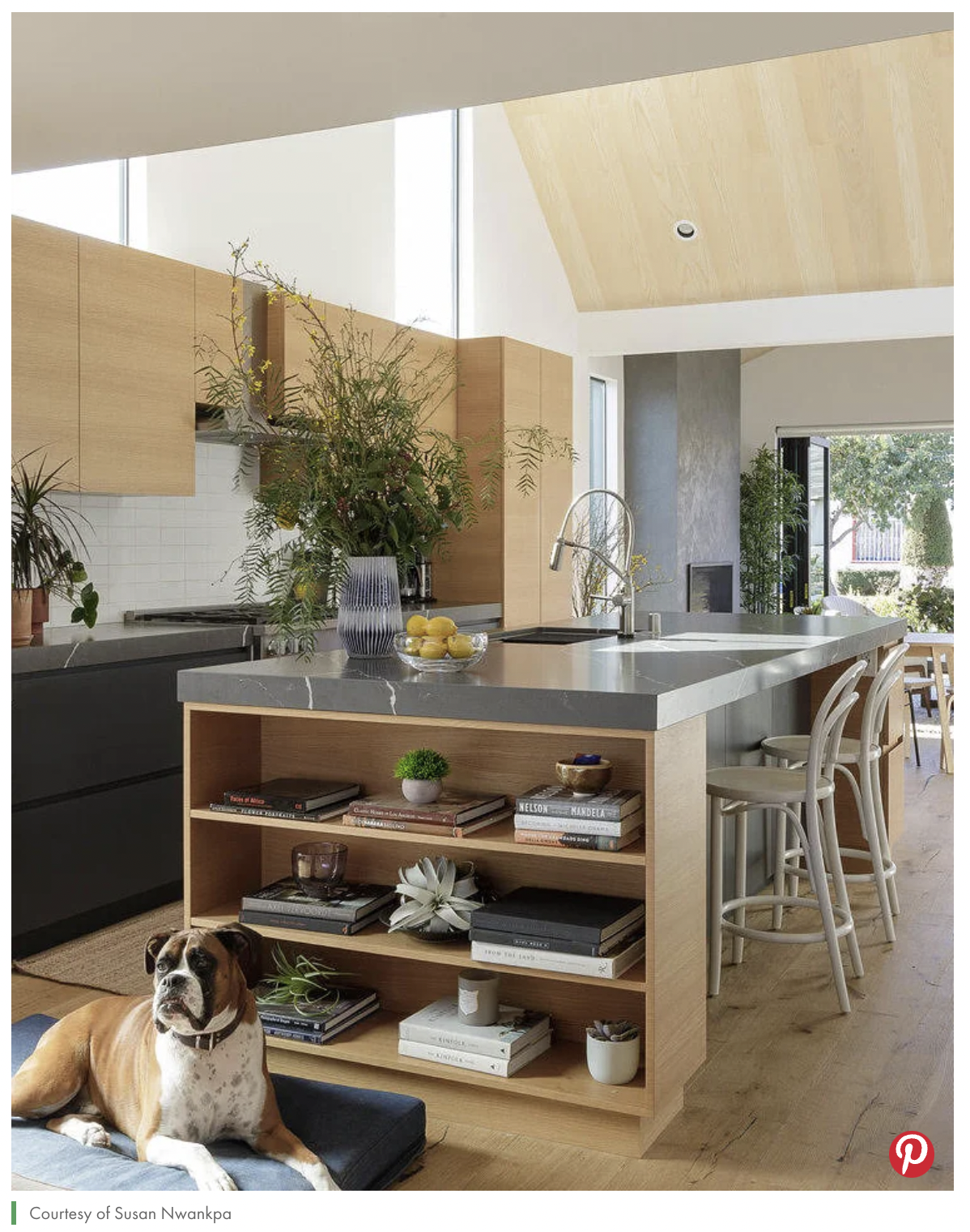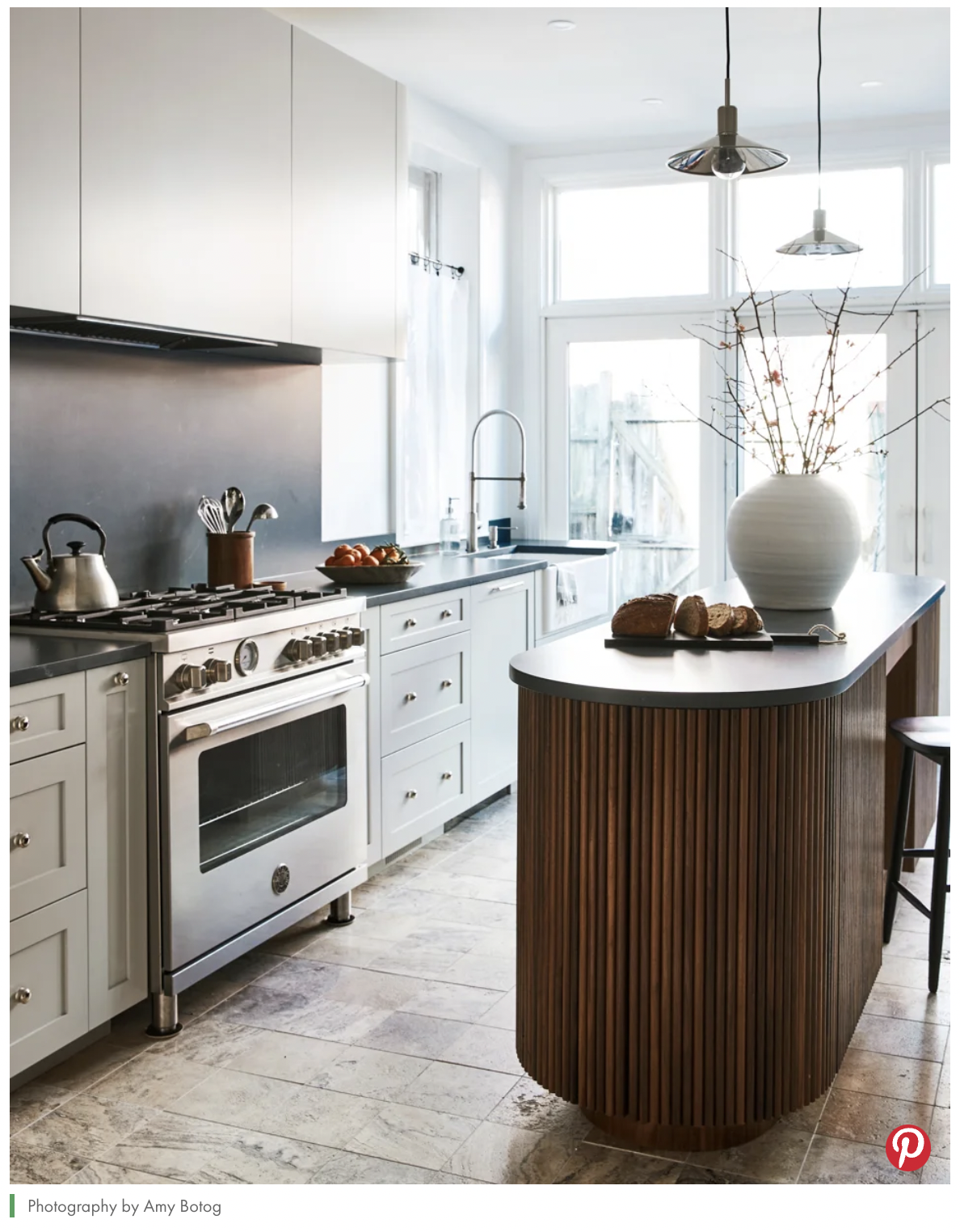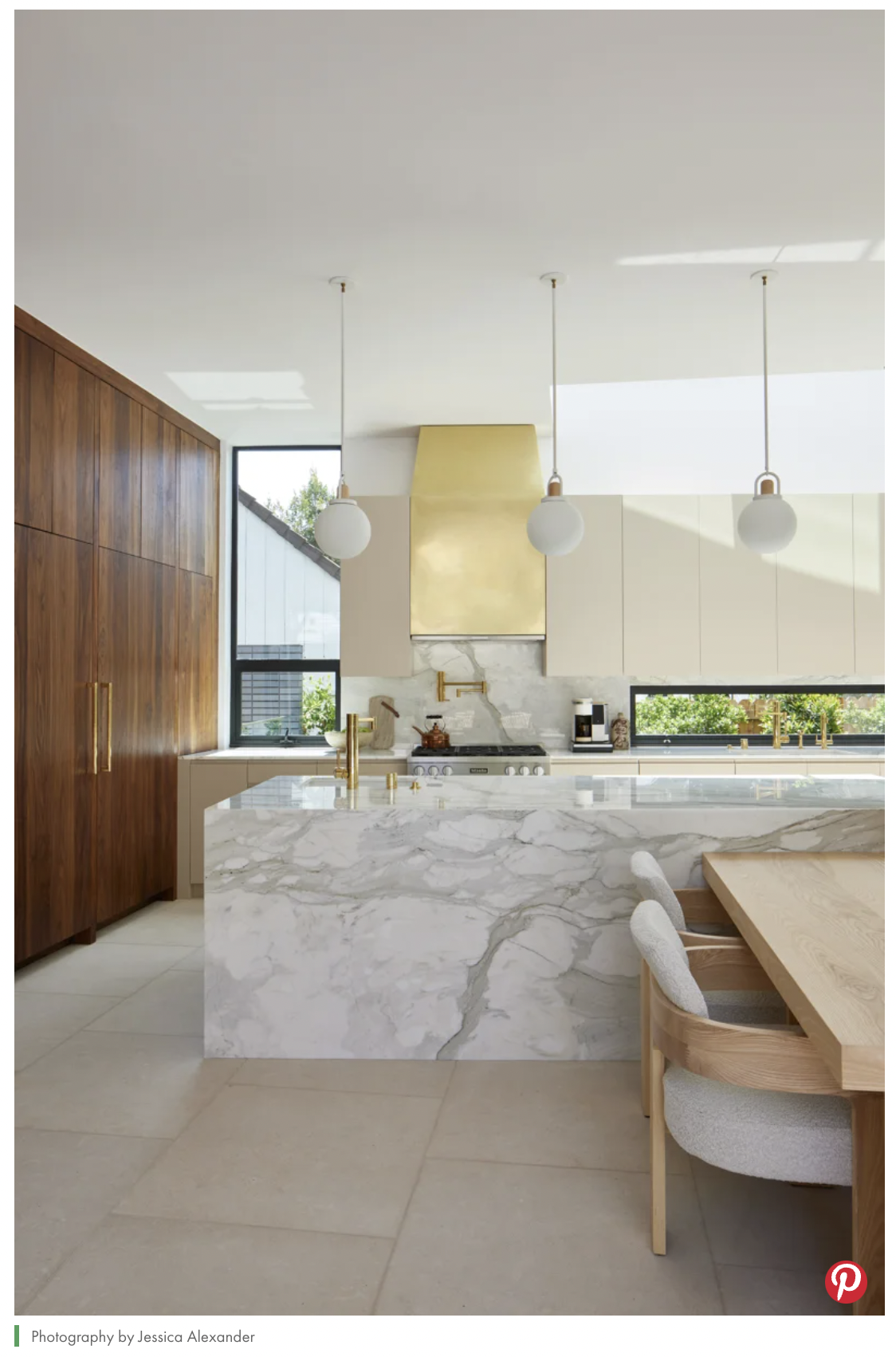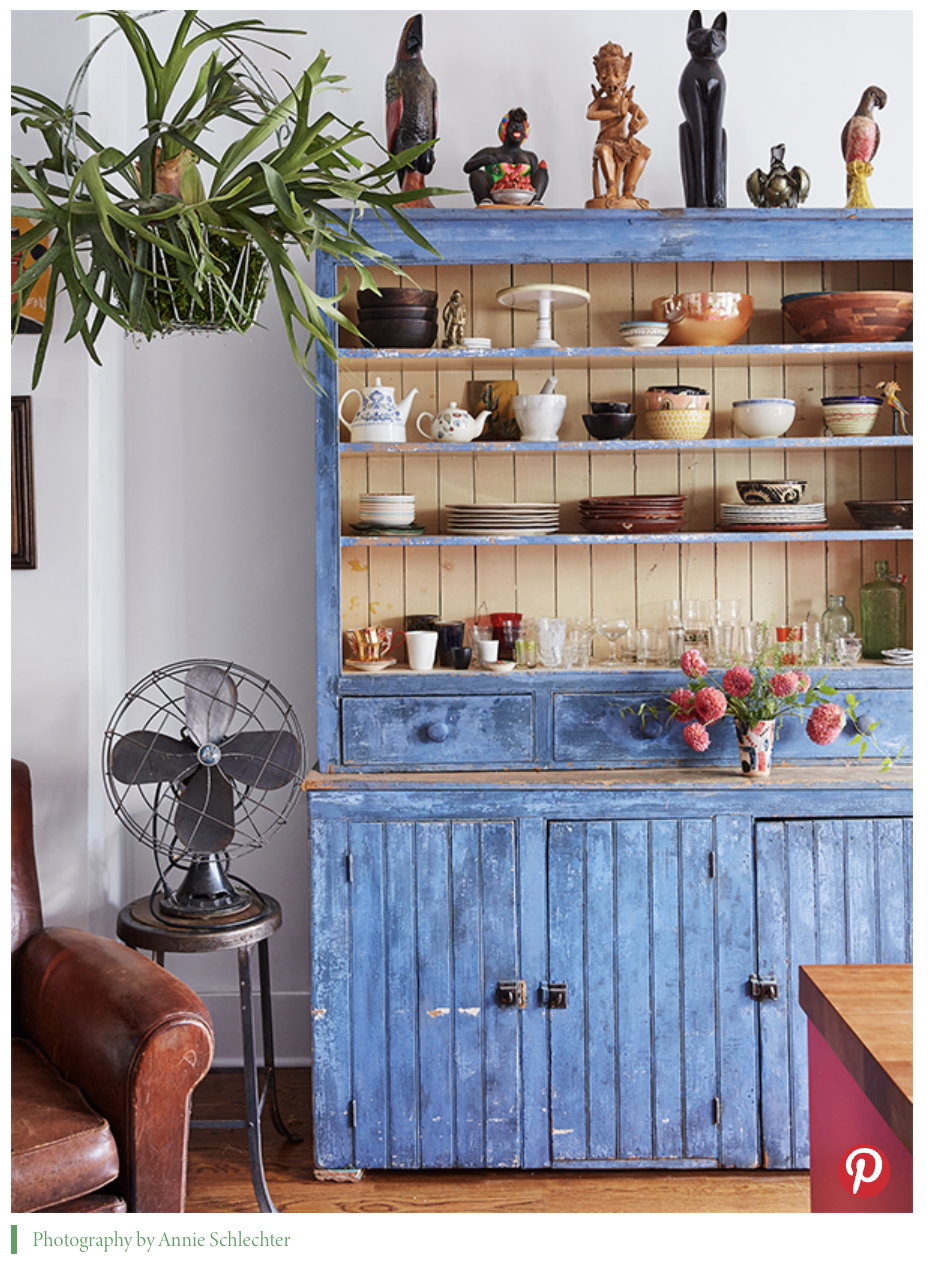If you’re hoping to buy a house with your significant other, it can be easy to get caught up in the fun stuff, like deciding the style of home you’d love (Victorian, midcentury modern, Cape Cod?) and finding the perfect neighborhood (downtown or middle of the woods?).
Still, don’t be fooled: The home-buying process is riddled with pitfalls, particularly if you haven’t vetted how prepared your partner is for such a financial leap of faith. Jump in blindly, and you might see your dreams of a sweet beach bungalow crumble because your sweetheart’s hiding a sketchy credit score behind that cute smile.
It’s a cliche among successful couples that communication is key, and that’s especially true if you’re planning to buy a house together. So before you get too serious and start poring through real estate listings, pop these four questions first.
1. How much debt do you have?
If you haven’t done so already, now is the time for each of you to come clean about any debt you may have, since that can make or break your ability to get approved for a mortgage.
One of the things mortgage lenders look at when you apply for a home loan is your debt-to-income ratio. The DTI ratio is your combined monthly debt payments (from obligations like credit cards, student loans, car loans, installment loans, and personal debts), divided by your combined monthly income.
Lenders use the DTI ratio to gauge a borrower’s financial responsibility, since evidence from studies of mortgage loans shows that borrowers with a higher DTI ratio are more likely to run into trouble making monthly payments, says the Consumer Financial Protection Bureau.
So let’s say together, as a couple, you’re paying $1,000 to debts and pulling in $6,000 in gross (meaning pretax) income per month. Divide $1,000 by $6,000, and you’ve got a DTI ratio of 0.166, or roughly 16%. However, that’s your DTI ratio without a monthly mortgage payment. If you factor in a monthly mortgage payment of, say, $1,000, your DTI ratio would increase to about 33%.
As a general rule, to qualify for a mortgage, your DTI ratio cannot exceed 36%, says David Feldberg, broker and owner of Coastal Real Estate Group in Newport Beach, CA. A higher DTI ratio could mean a higher interest rate, or you could be denied a loan altogether.
2. How much house can we afford?
Though your DTI ratio determines your ability to qualify for a mortgage, only you and your partner can decide how much you feel comfortable spending on a home. If you stretch yourselves too thin, making your mortgage payments can be difficult.
Too often, dreams and reality collide: You’re yearning for a four-bedroom Colonial, but given your income and debt owed to credit cards and beyond, the best monthly loan payment you can manage is for a two-bedroom condo that needs some fixing up.
You also have to consider your down payment. Ideally, to get the best mortgage rates and terms, you’ll want a down payment amounting to 20% of the price of the house—but if you don’t have that much cash to shell out, there are ways that you can put down less and still obtain a mortgage. Federal Housing Administration loans, for instance, require a down payment of only 3.5%, while Veterans Affairs loans are available with 0% down. However, you’ll need to meet certain income and credit requirements—FHA loans call for a minimum credit score of 500, and VA loans require a minimum score of 620—to qualify.
Don’t qualify for a VA or FHA loan? If you have good credit and can put at least 10% down, you can still qualify for a conventional mortgage. The catch is you’ll need to pay private mortgage insurance, a premium that protects the lender in case you default on the loan. PMI ranges from about 0.3% to 1.15% of your home loan.
You and your partner may also be able to qualify for one of the more than 2,500 down payment assistance programs offered by state and local housing finance agencies, according to a recent estimate by DownPaymentResource.com and Freddie Mac. We’re not talking chump change! One study found that buyers who use down payment assistance programs save an average of $17,766. Just knowing down payment programs exist gives you an edge over other home buyers.
3. Where do we want to live and for how long?
Buying a home makes financial sense only if you’re going to stay in it long enough to recoup your purchasing costs. (Financial experts call this a “break-even point.”) Therefore, have a talk with your partner about your long-term plans.
Do you see yourselves starting a family in this house? Are you both happy in your current jobs, or do you foresee a job search in the future that could make for a longer commute?
Life throws curveballs, of course, but discussing these things ahead of time will help you decide whether you’re really ready to buy a house together based on your future goals.
Moreover, be prepared to do a little digging to determine where you want to live. One of the worst mistakes you can make is moving into a bad area, or a neighborhood that doesn’t fit your needs.
Watch out for red flags. For instance, if you see a sea of “For Sale” signs in a neighborhood, look elsewhere, advises Alison Bernstein, the founder of Suburban Jungle, a company that helps families find their ideal suburb.
“This points to illiquidity in the market and pricing pressure, which is a risk for buyers,” Bernstein says,
Pro tip: As a couple, consider rating, on a scale of 1 to 10 (with 10 being “must have it” and 1 being “seriously, this is what you’re obsessing about?”), what aspects of a neighborhood are most important to you. Doing so will help you align your values and make a smarter home-buying decision.
4. What happens if we break up?
Though this is a happy time in your relationship, you need to consider all possible outcomes for your relationship, and create a plan—ideally a formal contract—of how you’d divide your assets if you split up.
However, before drawing up an agreement, it’s important both of you understand there are a couple of types of homeownership options to choose from when purchasing property with your partner. The most common is joint tenancy, where each person holds equal interest in the property. Its distinguishing factor is that in the event one person dies, that person’s interest in the property automatically conveys to the surviving partner (also known as “right of survivorship”).
Meanwhile, under tenancy in common, each person has a distinct, separately transferable interest in the property. This might be a sensible form of ownership if one person makes a higher percentage of the down payment or monthly mortgage payments and wants to guard his or her investment in the event of a separation. The caveat?
“At any time, any owner can sell their share of the property or give it to someone else without requiring the consent of the other owners,” says Michele Lerner, author of “Homebuying: Tough Times, First Time, Any Time.” “This may result in you owning a house—and perhaps living there—with someone that you don’t know or don’t like.”
Whatever plans are drawn up, Lerner advises couples seek independent counsel from an attorney and a tax professional to walk them through both the legal process and the tax ramifications of purchasing a shared property.
The bottom line: Buying a house is a huge commitment. Some would say it’s an even bigger commitment than getting engaged! After all, you can return a ring—but not a house. So take the time to sit down with your partner and have a frank conversation about these topics before you decide to purchase a home together.
Get more like this on Realtor.com
Related Links
Waterfall Countertops May Be the Latest Kitchen Trend…But What Comes Next?
Millennials would give up TikTok and alcohol for a dream home
If there is a home that you would like more information about, if you are considering selling a property, or if you have questions about the housing market in your neighborhood, please reach out. We’re here to help.










